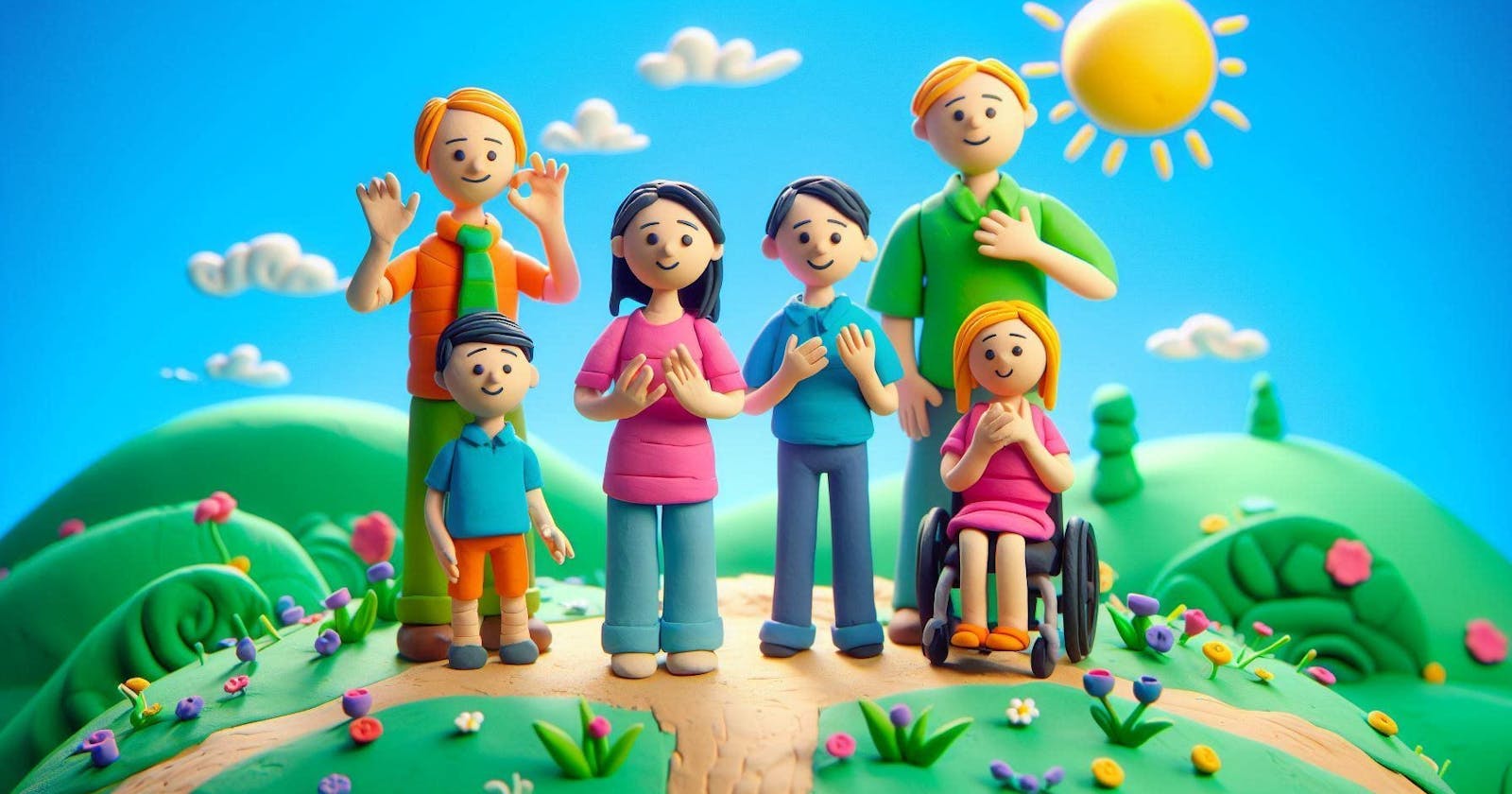Gen AI Trends Part 2 - Multimodal LLMs
Unifying Understanding Across Sensory Domains
Until recently, large language models (LLMs) have primarily excelled in the realm of text. However, a seismic shift is underway. The rise of multimodal LLMs is enabling the next quantum leap in artificial intelligence, where models learn to reason seamlessly across text, images, audio, video, and even code. This fusion of modalities opens up unprecedented possibilities.
The Challenge of Multimodality
Historically, AI models have been trained on specific modalities. We've had text-based LLMs, computer vision models, speech recognition systems, and others – each focused on its particular domain. Bridging the gap between these disparate modalities poses several challenges:
Data Representation: How can we represent images, text, audio, and video in a unified manner allowing models to reason across them effectively?
Varying Levels of Abstraction: Text is often symbolic and abstract, while image and audio data are raw sensory inputs. Models need to reconcile these varying levels of representation.
Alignment and Contextualization: Identifying corresponding concepts or actions in different modalities can be difficult. For instance, a text description of a scene and a corresponding video need alignment for understanding.
Key Techniques in Multimodal LLMs
Recent advances in AI address these challenges:
Joint Embeddings: Mapping different modalities into a shared embedding space allows models to compare and relate concepts across text, visuals, sound, and code.
Multimodal Transformers: Transformer architectures that have excelled in text-based LLMs are adapted for multimodal tasks, enabling attention mechanisms to be applied jointly across different input types.
Contrastive Pre-training: Training on pairs of related data (e.g., an image and its caption) helps models learn alignment, so they can recognize the same concept expressed in different modalities.
Knowledge-Grounded Models: Incorporating knowledge bases or pre-trained embeddings from other domains like code, physics, or general world knowledge adds an extra dimension to reasoning capability.
Case Studies
Visual Question Answering (VQA): Models like Flamingo and others demonstrate the power of multimodal reasoning. They can answer complex questions about images, requiring an understanding of both the visual content and the text-based question.
Image Generation from Text: Models like DALL-E and others turn textual descriptions into detailed, even artistic images. These models demonstrate an understanding of nuances in the text and the ability to translate them into visual representations.
Code Generation and Explanation Multimodal LLMs are extending their reach into software development domains. They can generate code from natural language requests or add comments to existing code, showing an ability to marry coding syntax with human-understandable language.
The Path Forward
Multimodal LLMs are at the cutting edge of artificial intelligence research. Here's what we can expect:
Human-Like Understanding: As models improve, they'll approach the ability to interact with the world in a manner that more closely mirrors human perception and understanding.
Creative Expression: Multimodal models will push boundaries in art, storytelling, music generation, and more.
Accessibility and Inclusion: Multimodal AI could empower individuals with different learning styles or disabilities to interact with information in a way that's best suited for them.
Multimodal LLMs are not without concerns, such as potential biases or the misuse of generated content. Yet, their potential for good is immense. The world of AI is poised for an exciting era where the lines blur between text, vision, sound, code, and human understanding.
